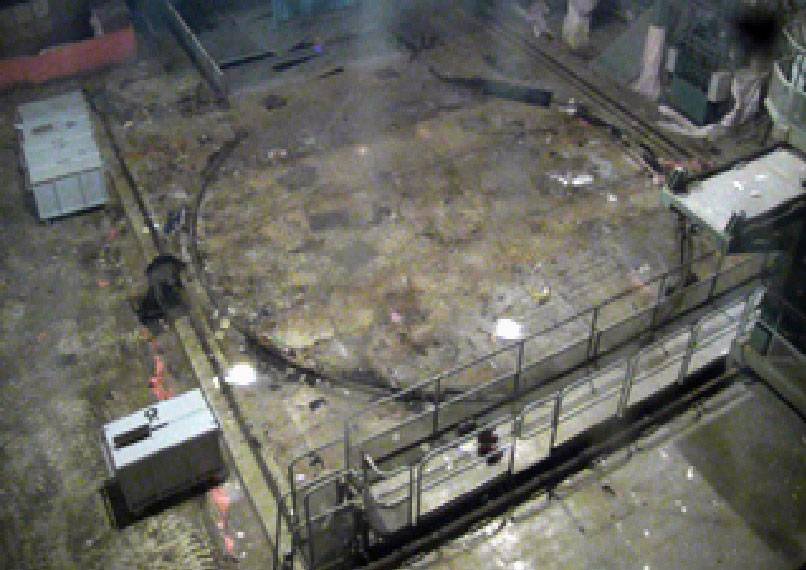Fukushima Nuclear Reactor’s Lid Has Lethal Radiation Level
The operator of Fukushima No. 1 nuclear plant might reconsider its decommissioning process after the discovery of the reactor’s unrepairable condition.
According to the Nuclear Regulation Authority, the radiation reading near the top of the No.2 reactor’s containment vessel was 1.2 Sieverts an hour, much higher than the assumed reading.

The plant’s operator, Tokyo Electric Power Co., and NRA discovered the reading on the 9th of September during a study.
There could be higher radiation levels between the lower and middle lid!
TEPCO plans to extract pieces of melted nuclear fuel in the No. 2 reactor’s containment vessel by inserting a robotic arm sideways in a trial scheduled for the second half of 2022.
TEPCO officials stated that they would evaluate what they could do to help from a trial. The trial process is based on the “detection of the concentrations of contamination” within the containment vessel’s upper area.
The shield plug is a round concrete lid weighing up to 150 tons cover measuring 12 meters in diameter and 60 cm in thickness. To block radiation from the reactor core, the shield plug is composed of three lids placed on top of one another. Operators will remove the shield plug during decommissioning to allow entry into the containment vessel.
NRA stated that a large amount of radioactive Cesium was released in the aftermath of the meltdown at No.2 back in March of 2011, and they’re still intact between the upper and the middle lid.
During the study in 7th of September, the workers planned two holes of 7cm diameters in the upper-lid. Robots drilled the holes to measure the radiation. In a hole 4cm down and close to the center, the readings went as high as 1.2 Sieverts per hour.
The NRA had previously estimated that the exposure to a contamination source beneath the lid would be more than 10 Sieverts an hour. This is a lethal level for humans and could be fatal if exposed, even for a short period.
However, the study indicated that the dose could be as high as dozens of Sieverts an hour and was far more dangerous.
It is likely to be a difficult task to remove the lids. However, TEPCO has yet to decide what to do with them during the decades-long cleanup. NRA also suggested that radioactive Cesium could also be present between the middle and lower lids.
However, officials at the NRA say that there’s no way to verify this.
Also read about 13 Amazing Things Japan Does Better Than Any Other Country
